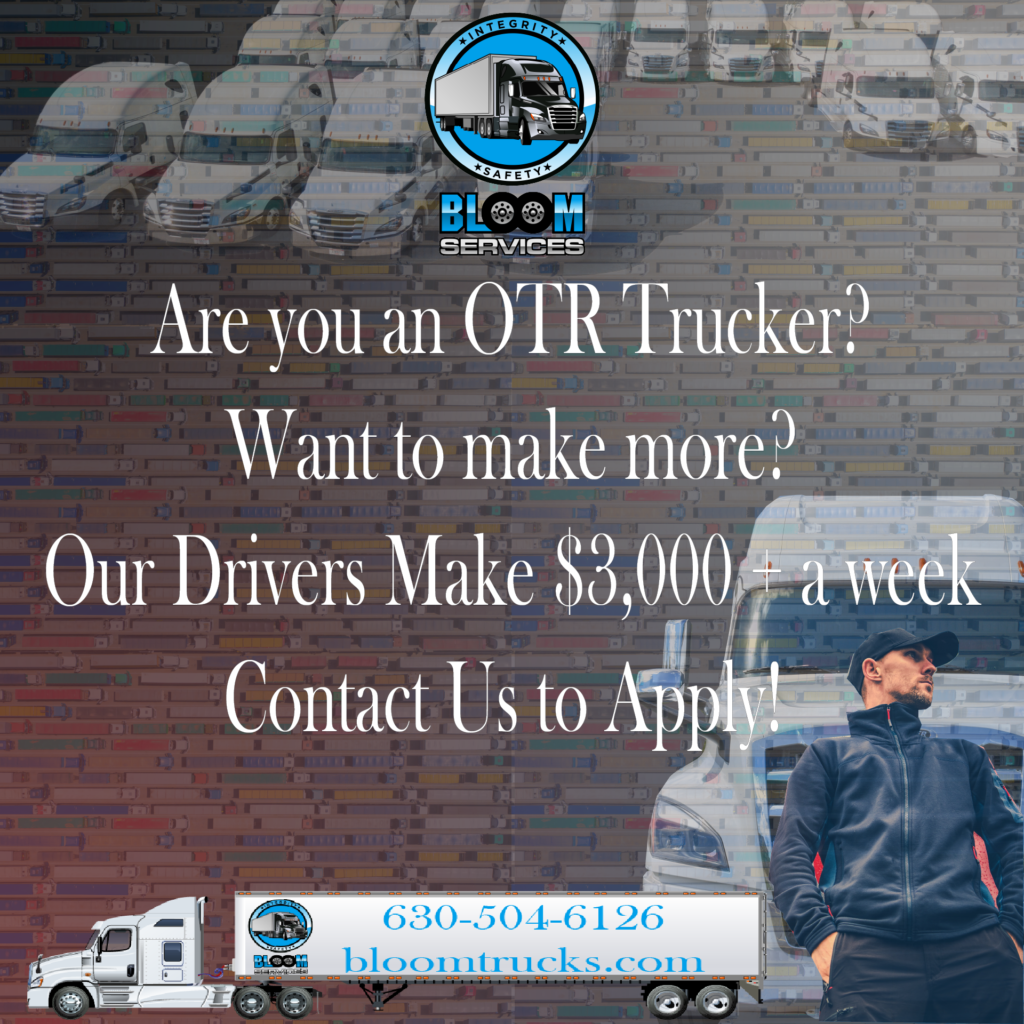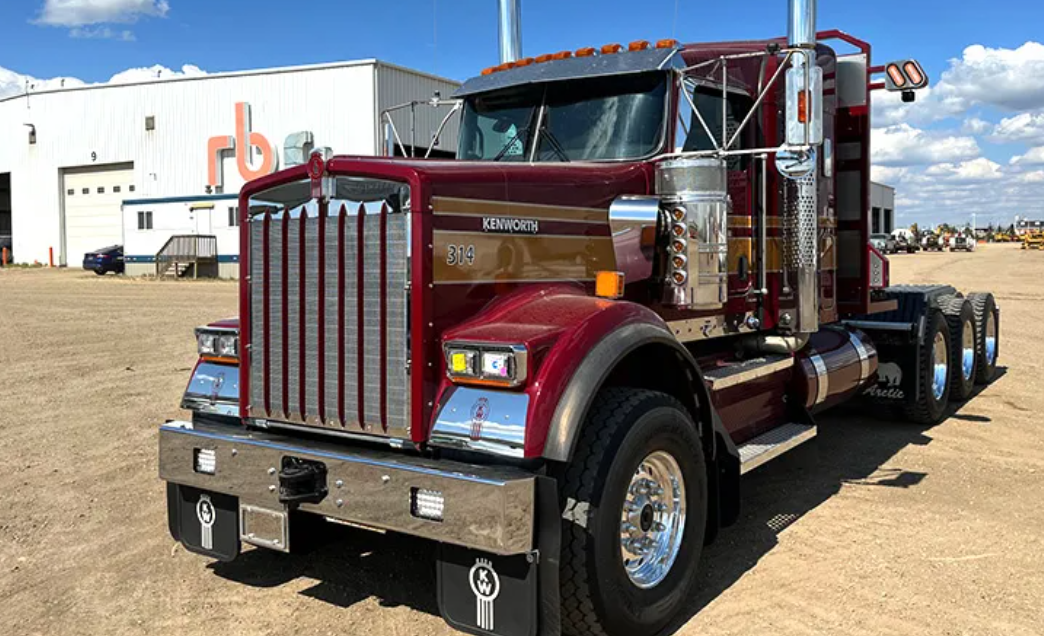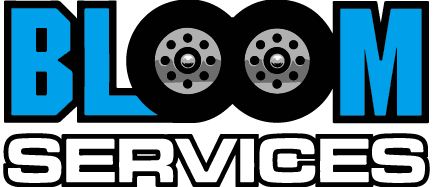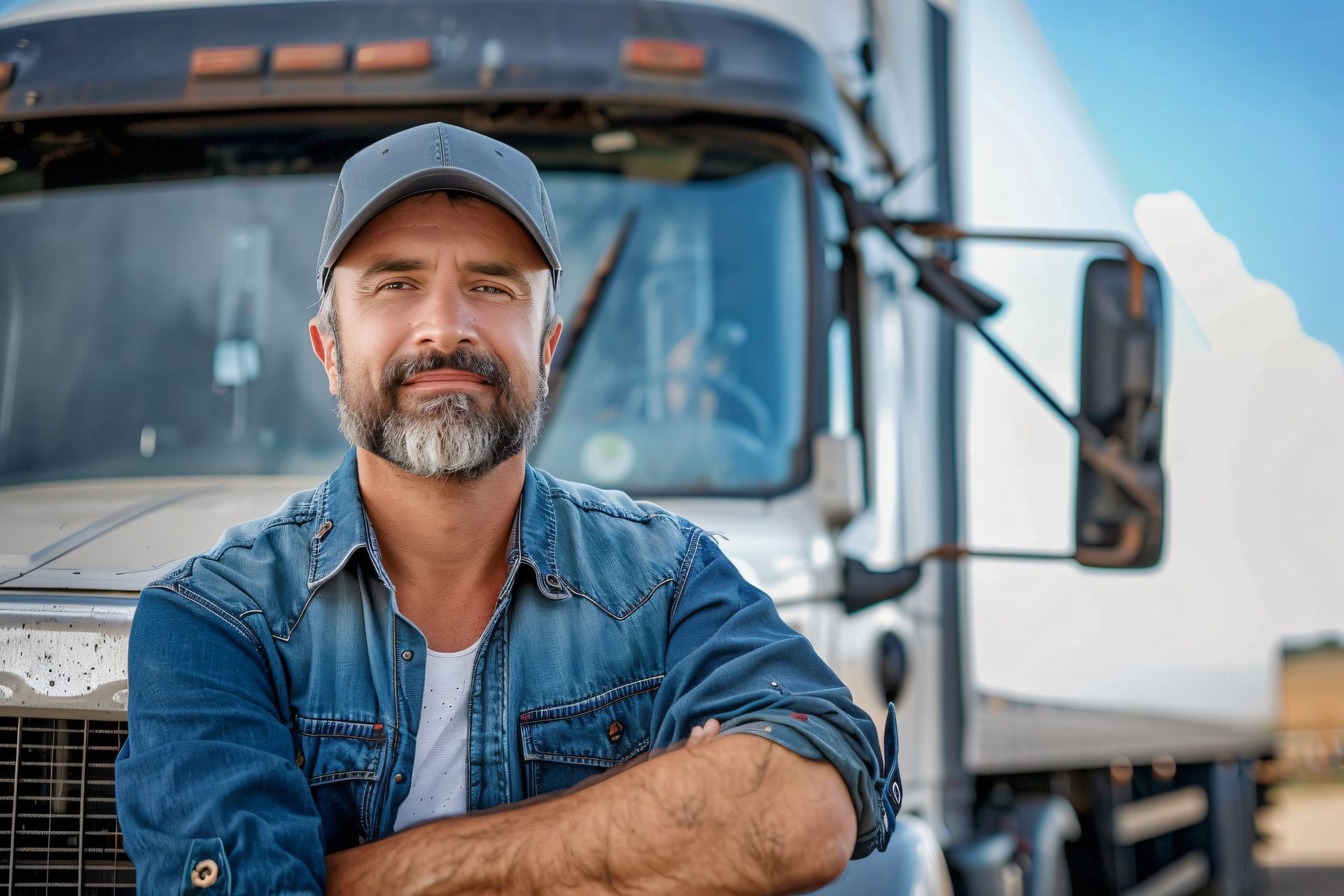Brief History of the Trucking Industry: From the First CDL to Today
Share this Article:
Written by: Bloom Services

The trucking industry has long been the backbone of commerce, an unheralded force driving the economy forward. The evolution of this industry is a narrative of relentless innovation and adaptation, from the earliest days of freight haulage to the complex logistical operations of the modern era.
The First CDLs
The conception of the Commercial Driver’s License (CDL) in the United States marked a significant shift in the trucking landscape. Prior to the implementation of the CDL in 1986, regulations and qualifications for operating heavy and specialized vehicles varied wildly from state to state. This patchwork of standards often led to complications and inconsistencies in safety and driver competency across the nation.
The CDL was established under the Commercial Motor Vehicle Safety Act of 1986 with an overarching goal: to improve highway safety. It sought to ensure that drivers of large trucks and buses were qualified to operate their vehicles and to remove unsafe and unqualified drivers from the highways. The act mandated uniform standards for testing and licensing commercial truck drivers, including knowledge and skills tests.
The introduction of the CDL coincided with a broader push towards deregulation in the industry, which had begun in earnest in the late 1970s with the Motor Carrier Act of 1980. Deregulation had opened the floodgates to increased competition, which led to a significant expansion in the number of trucking companies and a diversification of the services offered.
Trucking Regulations
In the wake of the CDL, safety standards have only tightened. Hours of Service regulations were introduced to combat driver fatigue, a leading cause of accidents. Electronic logging devices (ELDs), which became mandatory in December 2017, replaced paper logbooks and brought greater compliance with these regulations, although not without controversy within the industry.
Advancing Technology
Advancements in technology have driven some of the most significant changes in trucking. The integration of GPS and advanced fleet management software has allowed companies to optimize routes, thereby improving fuel efficiency and delivery times. Trucks themselves have become more sophisticated, with improvements in aerodynamics, engine efficiency, and the emergence of features like lane departure warning systems and automatic emergency braking.
Environmental concerns have also come to the forefront. The Environmental Protection Agency (EPA) has implemented various phases of emissions standards, significantly reducing the amount of pollution generated by diesel engines. The industry is on the cusp of a green revolution, with electric trucks beginning to enter the market, promising a future of cleaner, quieter roads.
Modern Landscape
The landscape of employment in the trucking industry has also changed. There has been a persistent driver shortage, exacerbated by an aging workforce and the sometimes grueling nature of the job. In response, companies have begun to offer better pay, benefits, and more comfortable working conditions. The industry has also seen a push for diversity, with efforts to recruit more women and veterans into the ranks.
Trucking Today
Today, the trucking industry stands at the threshold of a new era, marked by the emergence of autonomous trucks. Companies like Tesla, Waymo, and others are testing vehicles that can drive themselves, promising to revolutionize the industry once again. These autonomous vehicles could potentially reduce labor costs, increase efficiency, and improve safety, although they also raise questions about job displacement and the need for regulatory frameworks.
The journey of the trucking industry is one of ongoing transformation. From the inception of the CDL to the current era, marked by sophisticated technology and high standards, trucking has continuously adapted to meet the demands of the times. It remains to be seen how the industry will navigate the challenges and opportunities presented by autonomous technology, but if history is any guide, trucking will continue to evolve, as it always has, in the spirit of progress and perseverance.
Bloom Services, Inc
Here at Bloom Services, we are 100% OTR trucking. We offer newer trucks, and cover trailer and cargo liability. We do not pay base on mileage, rather we pay 82% gross load. This is beneficial for strong drivers with a decent work ethic, you will earn based on the actual load rather than mere miles. Our drivers average $3,000 plus a week take home pay after all expenses, like fuel, truck rent, etc. If you have Grit, and the endurance to consistently deliver loads and run for at least three weeks at a time, you can take home $150K a year. If you are interested, apply now.



